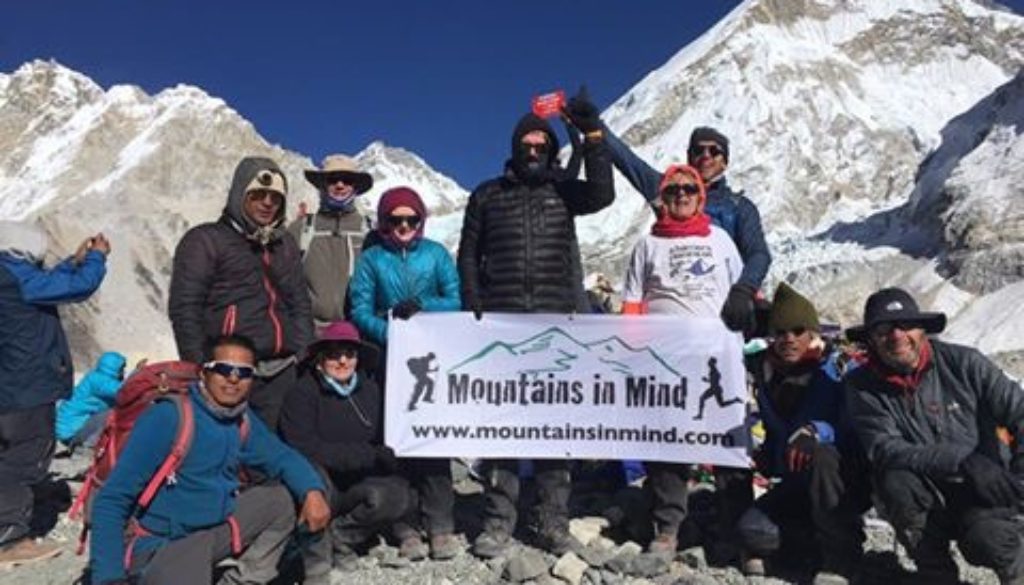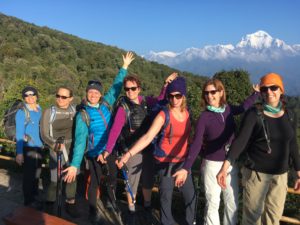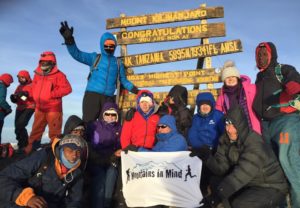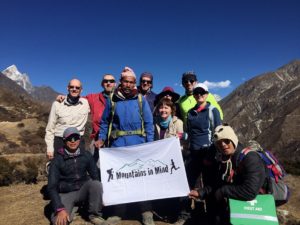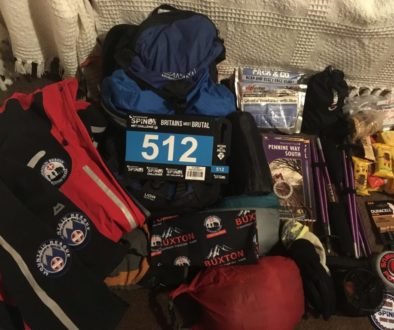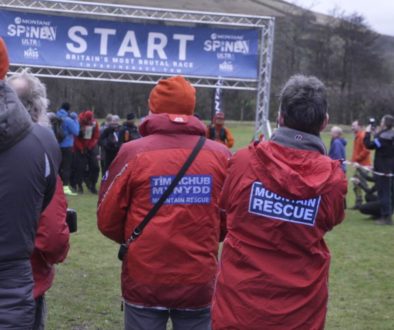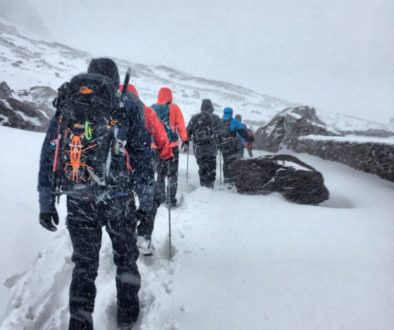How to cope with the altitude on your trek
Coping with the altitude can make or break any expedition to a mountainous area at higher altitudes. There is no rhyme nor reason why some people cope better with the altitude than others. One thing for certain is that everyone needs to acclimatise well. Follow the tips below to help you understand the reasoning and to develop your strategy.
At sea level, the air is more dense due to the air pressure. As you ascend you often hear the phrase that the air is ‘thinner’, this is because as you climb up a mountain the air pressure decreases and becomes less dense. The thinner air means that there is less oxygen molecules in the atmosphere to breathe at altitude, although the percentage of oxygen remains static at 21%.
Altitude sickness or AMS (acute mountain sickness) can effect individuals differently and the research indicates there is no particular pattern related to gender, age or fitness as to who will be more susceptible.
Altitude sickness can develop when you travel to a high altitude too quickly. Certain individuals may feel the effect of altitude at around 2500m. However, it’s usually above 3000m when symptoms start to develop. Early on you may feel a little more breathless than normal as you are ascending. As you get higher the signs and symptoms to look out for are a persistent headache, dizziness, nausea, loss of appetite, shortness of breath, disturbed sleep, weird dreams and fatigue.
That’s why when you are trekking it’s extremely important to acclimatise slowly and properly. Acclimatisation is the process in which your body adjusts to the change in altitude and the thinner air. Generally, on treks you ‘climb high, sleep low’ whereby you climb higher during the day then descend to a lower altitude for the overnight stop, which helps with the acclimatisation. It’s important than you drink plenty of water, little and often, as keeping hydrated helps with acclimatisation.
When trekking, it may feel very slow, sometimes too slow, to begin with but there’s a reason for this as it helps your body to adjust. On treks such as Kilimanjaro or Everest Base Camp, the guides will employ tactics to ensure that you don’t set off too fast. It’s all too easy when you have lots of energy at the beginning of the trek to go like a rocket. Howver, this may lead to failure higher up on the trek. Did you know the demographics for the highest failure rate on Kilimanjaro is men under 30! Push your egos to one side 😉 It’s not a competition!
On Kilimanjaro, we take an extra day of acclimatisation on the trek as this increases the summit rate success. It makes it a more enjoyable experience for yourself as you can stop to take in the panoramic views, and to enjoy the nature and your surroundings.
The guides will monitor your health for the effects of altitude sickness and if your symptoms persist, will ensure that you retreat to a safer altitude.
There are drugs, such as, Acetazolamide or commonly known as Diamox, which can be obtained from your doctor. It can help you adjust and acclimatise quicker, but it will not reduce the symptoms of altitude sickness completely. If you still feel unwell, it’s important that you mention it to the guides so that they can keep you under assessment. The only only way to relieve the symptoms of altitude sickness and the guides will make a decision on whether it would be safer to descend.

